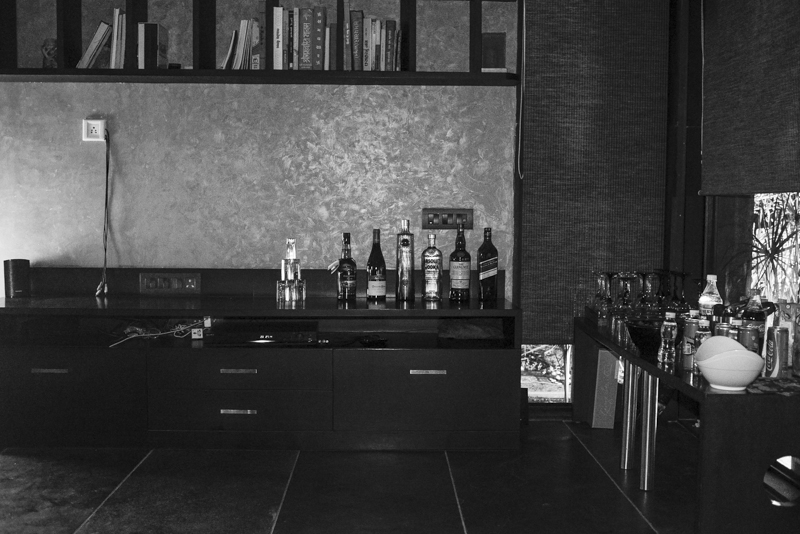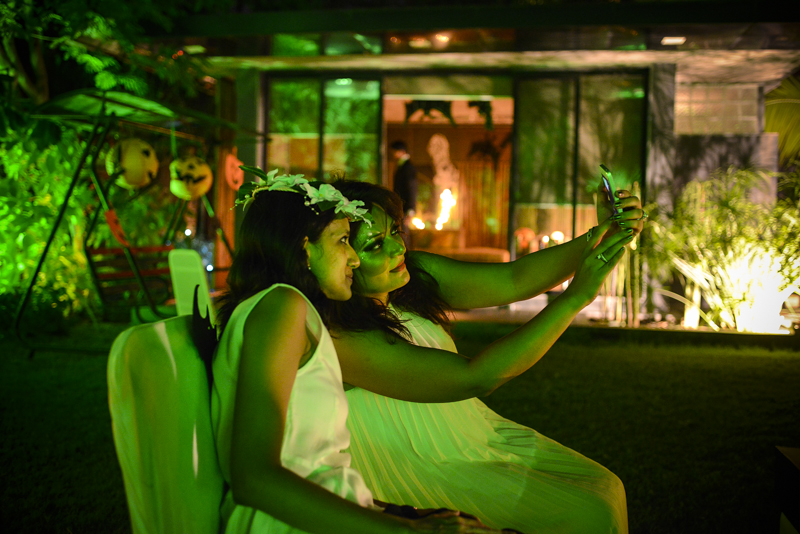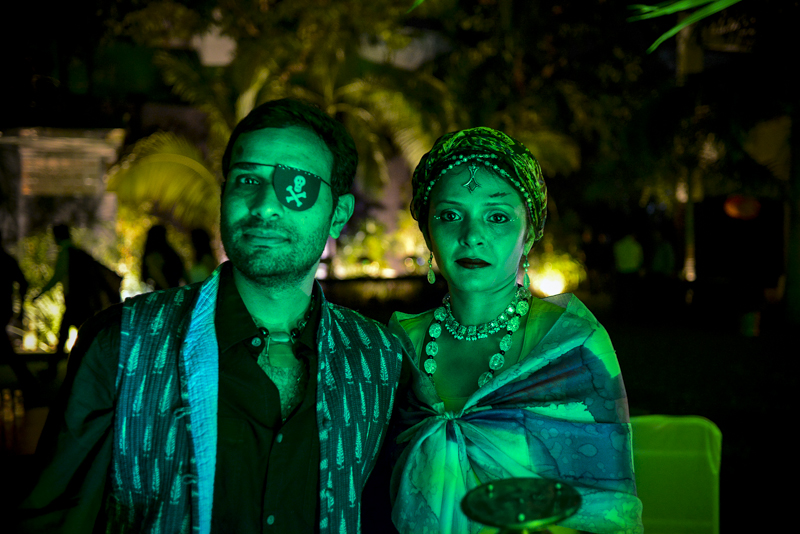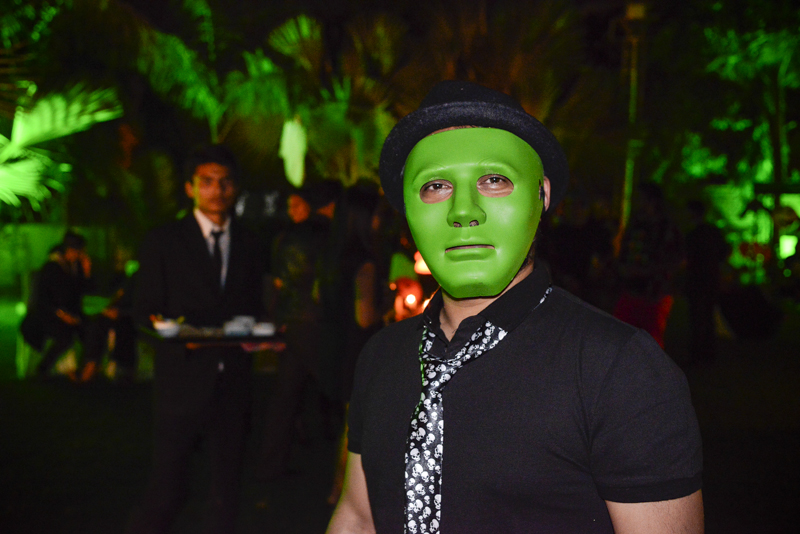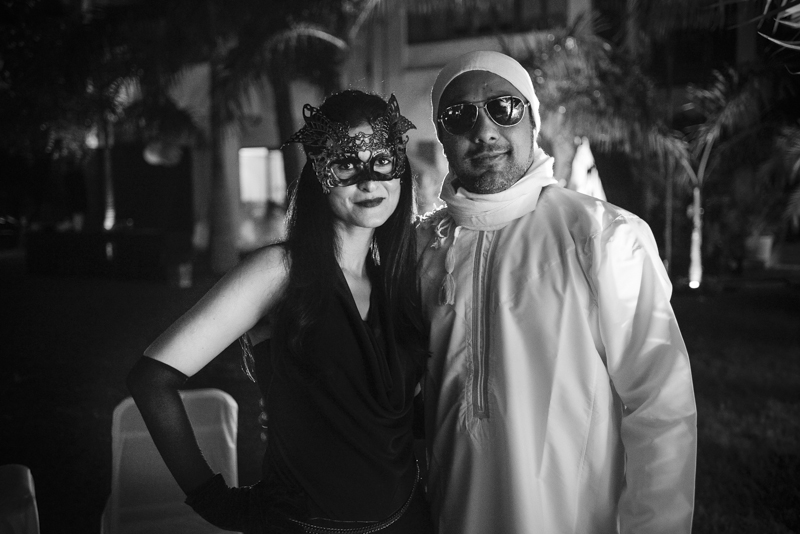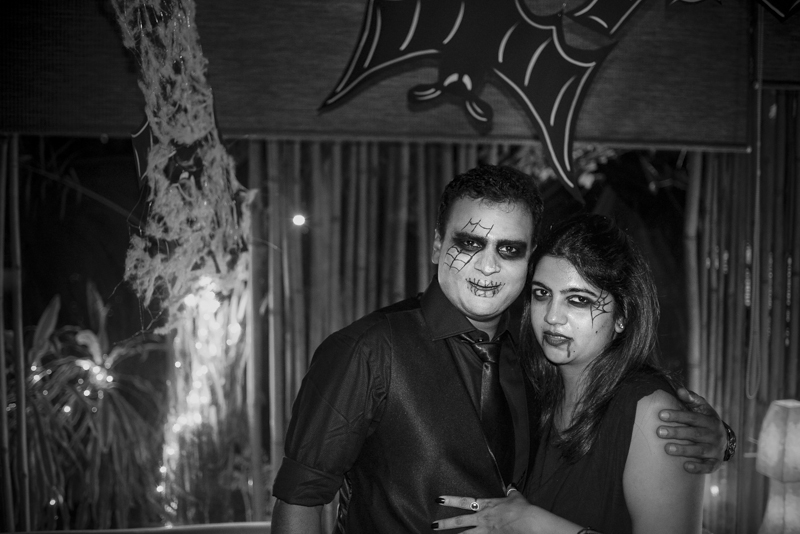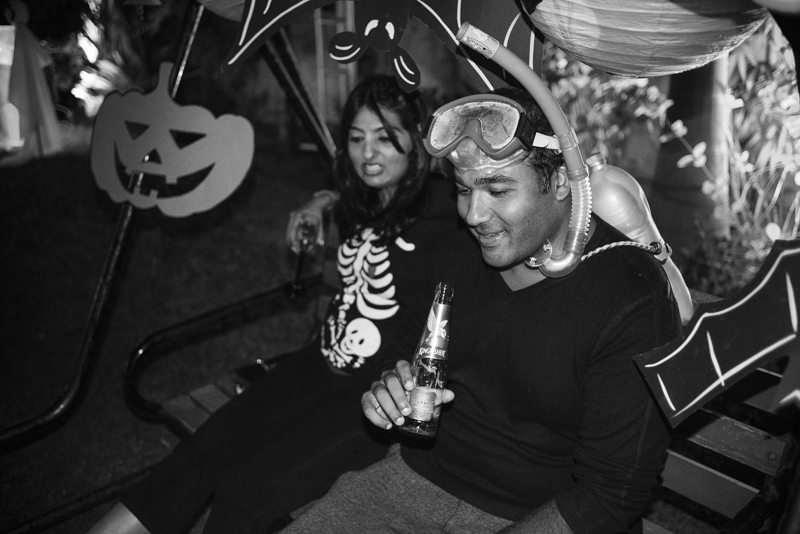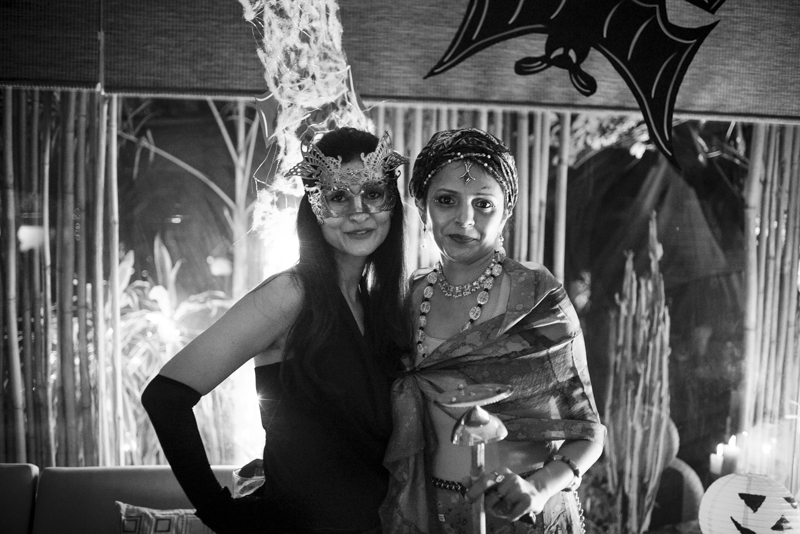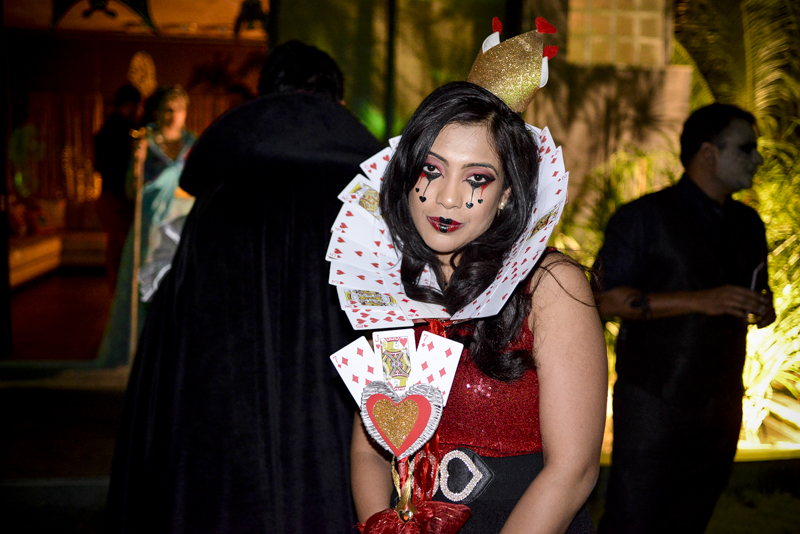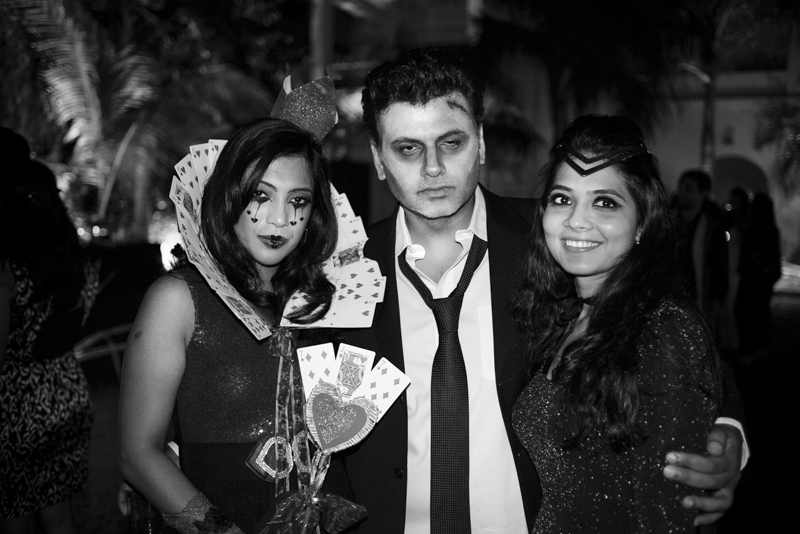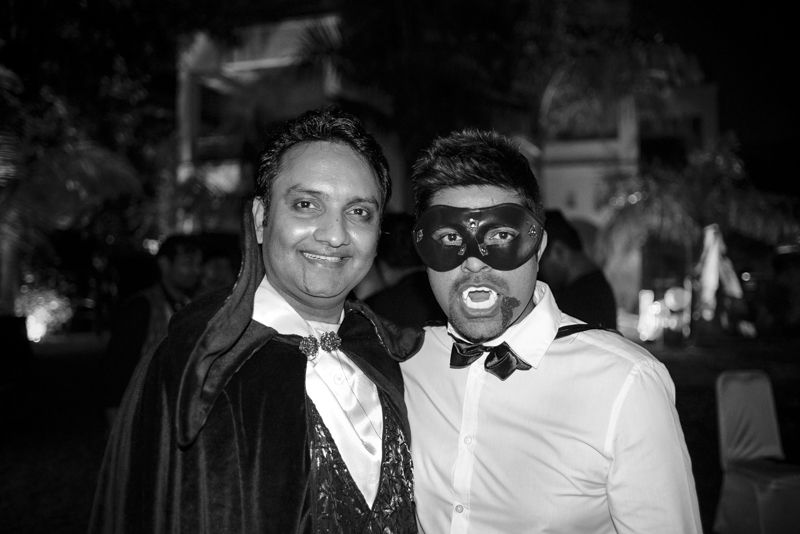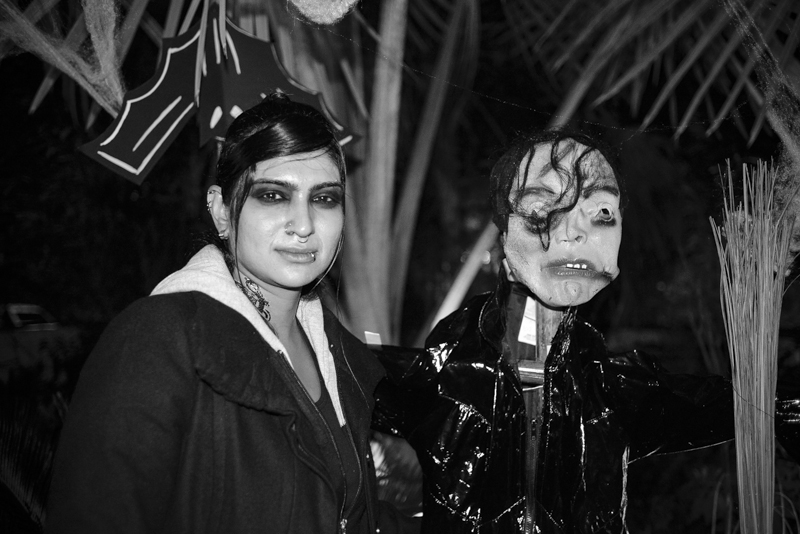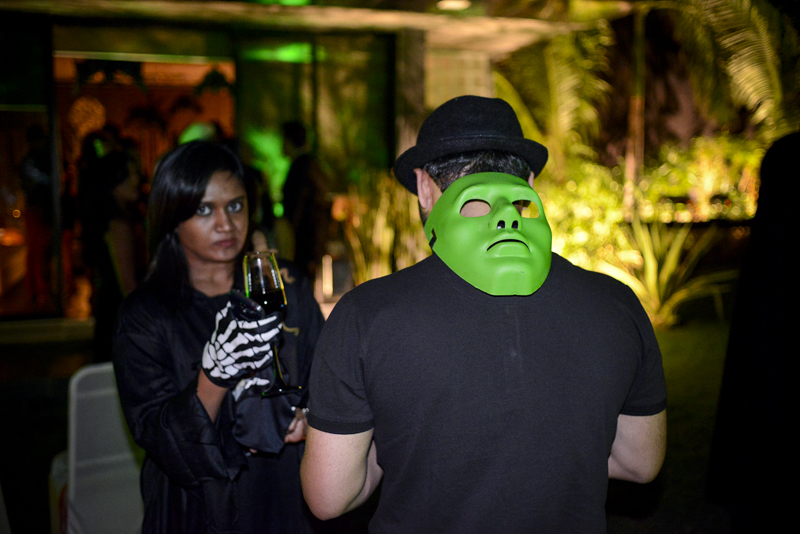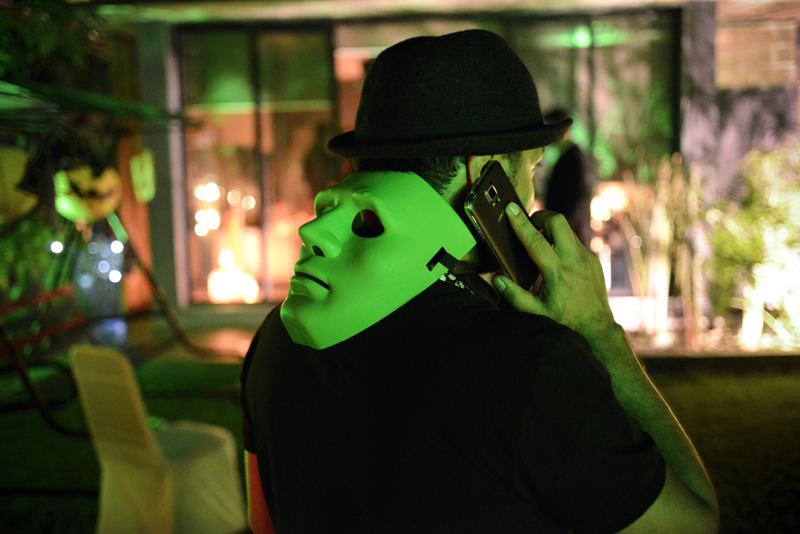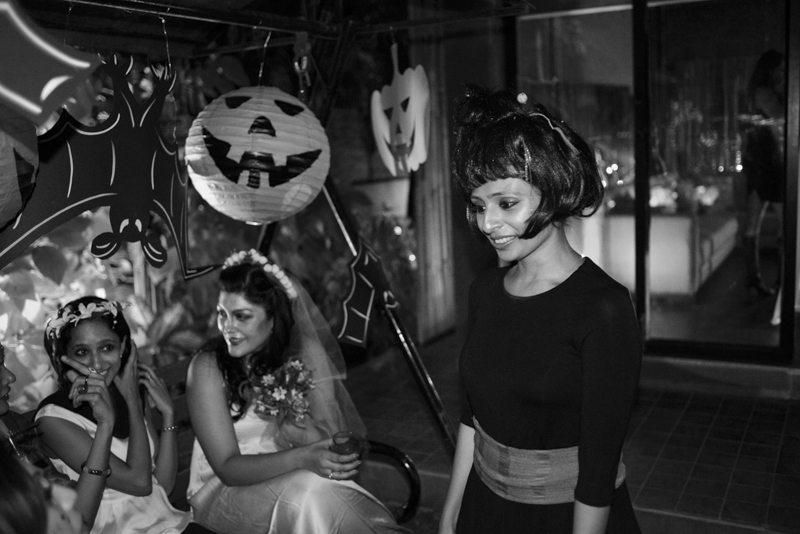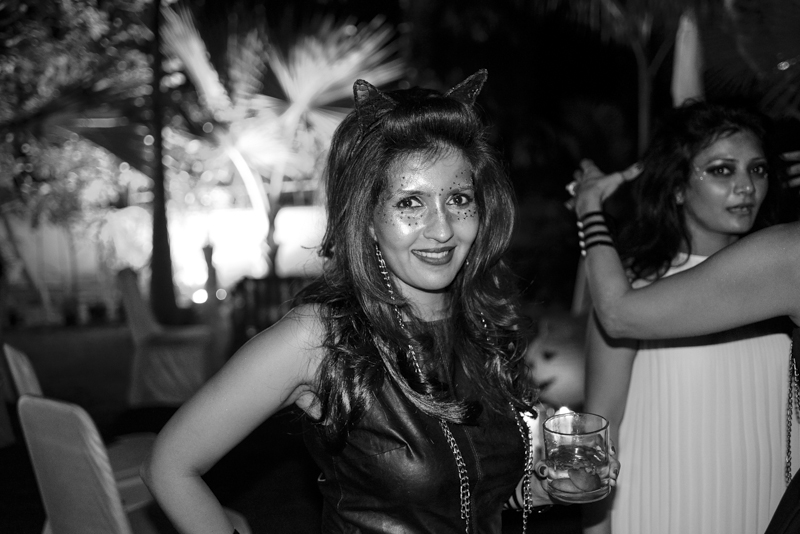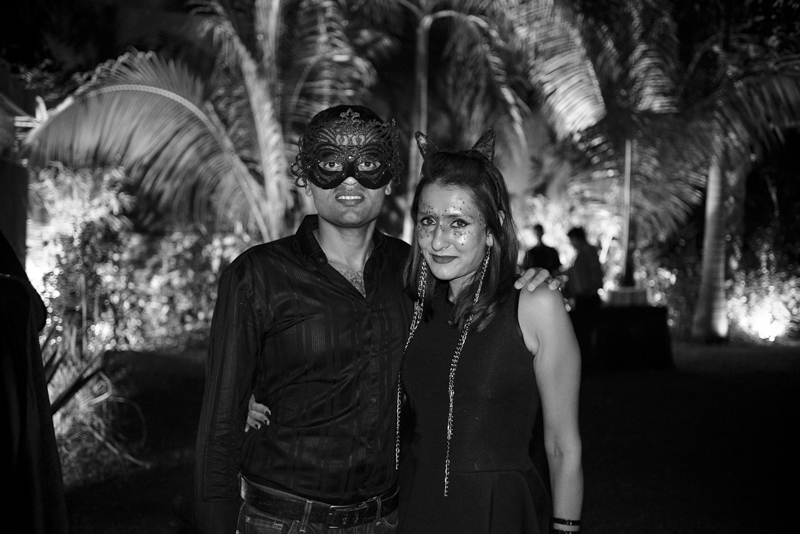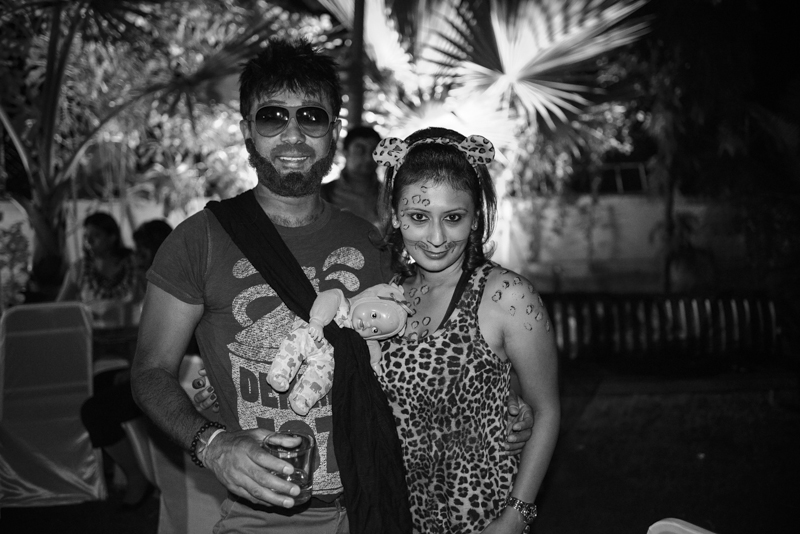Urban folklores
Urban folklores is a series inspired by the works of John Benjamin Stone, a late 19th century British photographer. Apart from being a successful industrialist and a politician, Stone was an avid amateur photographer who had made a prolific photographic documentation of the folk customs and traditions of the British Isles.
Interestingly and paradoxically (in terms of this series), Stone – a typical member of late Victorian and Edwardian society – displayed a marked lack of interest in most facets of urban life. He was once quoted as saying: I quite fail to see what record of history is to be got out of an ordinary modern house or a regulation view from a bedroom window’ – which somewhat belies his belief in the value of photography as a permanent historical record: ‘to show those who will follow us, not only our buildings, but our everyday life, our manners and customs. Briefly,I have aimed at recording history with the camera, which, I think, is the best way of recording it[1].
Urban folklores is a series that peeks into the ‘ways’ and ‘customs’ of the upper echelons of the urban society in our country today. Economic liberalization, that was initiated in the early 90’s, started showing its effects by the turn of the millennium. And apart from the economic implications, an opened economy brought a whole new plethora of changes to the society. It caused a definite shift in the behavioral pattern across various sections of the society.
Urban folklores peeks into the vibrant and very private party scenes frequented by the young nouveau riche of the society. These parties are often hosted with various themes, the geneses of which (themes) can very clearly be attributed to the effects of globalization.
This series is not a photo documentation but a comment on the apparent changes in the behavioral pattern in this section of the society.
Source: http://www.birmingham.gov.uk


